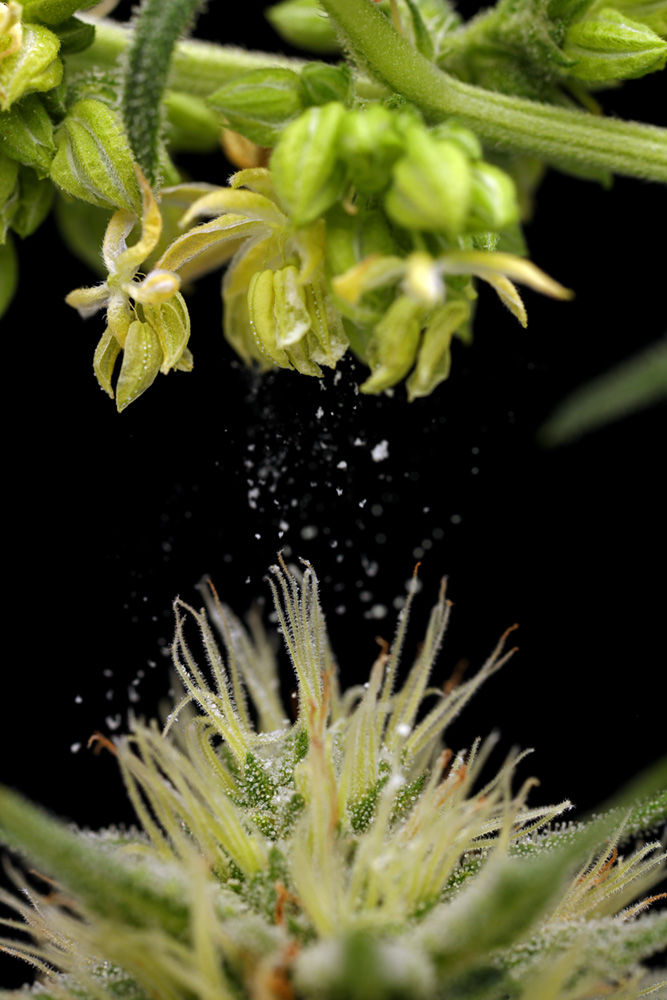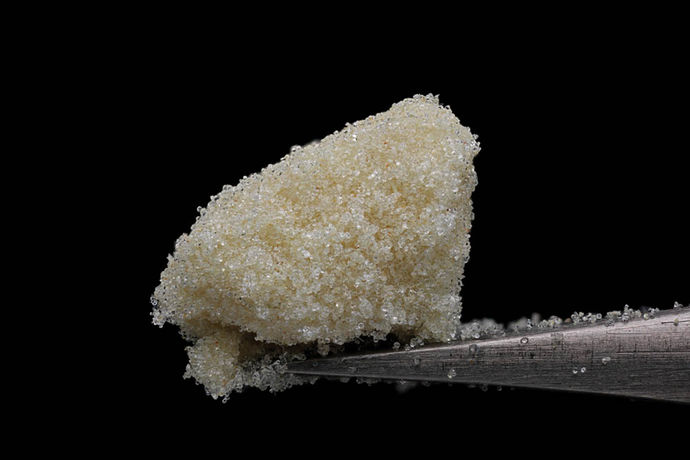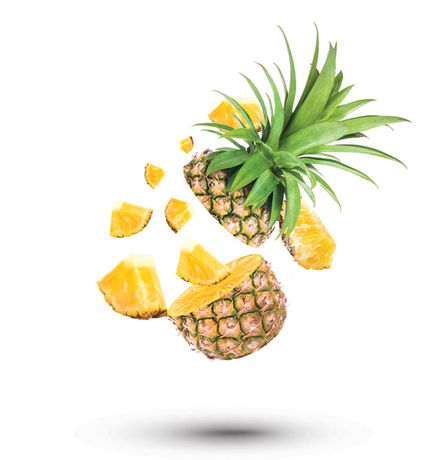Ah, Cannabis. We can’t think of another plant on earth that is more coveted or revered. Its practical uses are too numerous to mention, due at least in part to its biodiversity. What other plant inspires devotees to wait in lines longer than city blocks just to sample new variations in its genetic potential? At the same time, stalwart stewards care for individual living genetics for a quarter century or more, just to preserve the legacy and exact breed that may one day prove to be the elixir, flavor, or antidote we always needed.
All of this magic springs from the simple, sexy act of Cannabis copulation. In the wild, this birds and the bees story might seem pretty traditional. A male plant pollinates a nearby female plant, usually with the help of the autumn breeze. But for Cannabis, sex is actually the exception of the plant kingdom, not the rule. Only six percent of plant species have separate male and female individuals, so most plants can just take care of themselves when they’re in the mood. Sounds a bit lonely (and boring). With Cannabis, the amazing diversity and fast transformations breeders see can be attributed to having two parents – while most plants often have just one.
Beyond the two sexes, Cannabis coitus and evolution have been influenced by humanity. We know for sure that people have used Cannabis medicinally for at least 5,000 years. It’s more than likely that plants with better qualities were selected for survival and propagation and over time, were shared by nomads around Asia, Europe and Africa. Humans have been self-motivated matchmakers for millennia, and the evolution of the alluring Cannabis flower progressed slowly for eons through both natural and human influence.


Ironically, prohibition may have actually saved Cannabis from the monoculture we see in today’s “Big Ag” settings and helped preserve landrace varieties. As we all know, weed has been vilified by racists and greedy businessmen since the early 20th century, so by the time transcontinental world travel and the communication necessary for breeding “super plants” was possible, Cannabis was illegal. Pioneered by brave stoners over the past 60 years, the legacy of guerrilla breeding is unprecedented and the heritage and oral history should be studied. No other plant has ever been bred in thousands of garages and basements all over the world, each breeder having their own easel of local genetics, working with the canvas of their regional terroir and the demand of their local Cannabis enthusiasts.
Conventional plant breeders might not view the work of our outlaw community over the past 60 years as a real breeding program, but there is no denying that the sheer number of participants, the love for the plant, and traditional breeding practices are responsible for almost all of the major advances in Cannabis genetics. Popular strains known the world over have come from unwitting hobbyists, a random seed in a bag of bud, or an overlooked male plant that turned out to be a blessing in disguise. After all, anyone who plays can win the lottery, and judging weed is a pretty subjective effort – with conflicting opinions on what’s dank happening as often as consensus. More often than not, if a specific terpene profile or cannabinoid ratio doesn’t speak to you, it’s just that you haven’t tried it in the right context. Who knows? Maybe having the best kind of Cannabis is as simple as having a lot of different kinds of Cannabis…
We think that the smartest breeders would seek to preserve just as often as they create. Just a few years ago, nobody wanted purple flowers … now they’re the bee’s knees, fetching top dollar. Suddenly those purple strains stashed in the back of the seed vault are pretty important. Breeding techniques could easily take Cannabis in the direction of corn and soybeans (where one variety makes up 98% of the market), but if we choose a different path and embrace variety, we can use these powerful tools to create an economy that’s diverse – while protecting the individuality of the plant, as it speaks to each of us.
They say happiness held is a seed, but happiness shared is a flower. And it turns out, love is just like wildflowers – often found in the most unlikely places.










